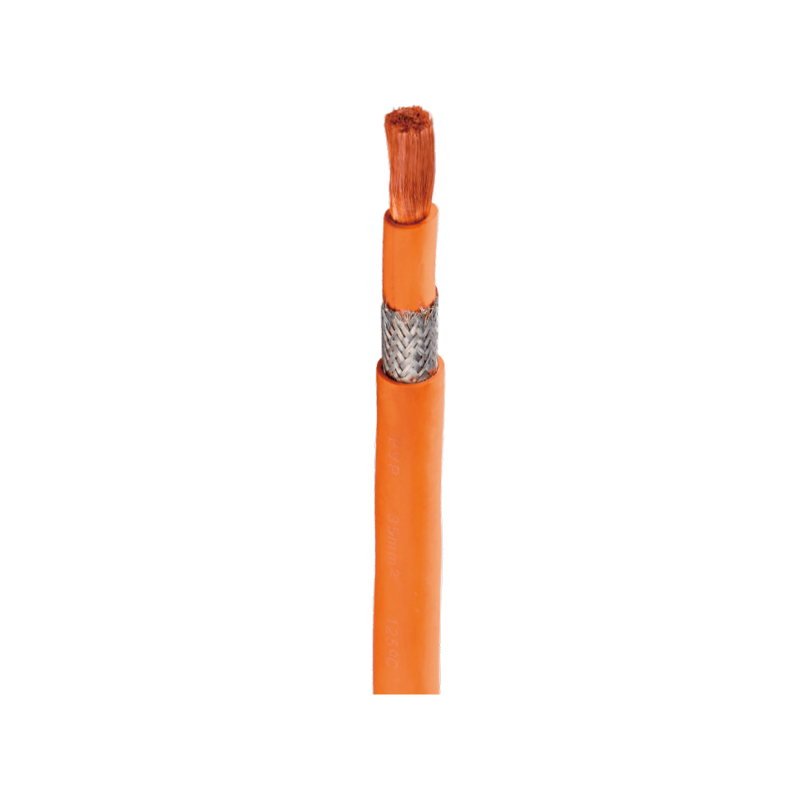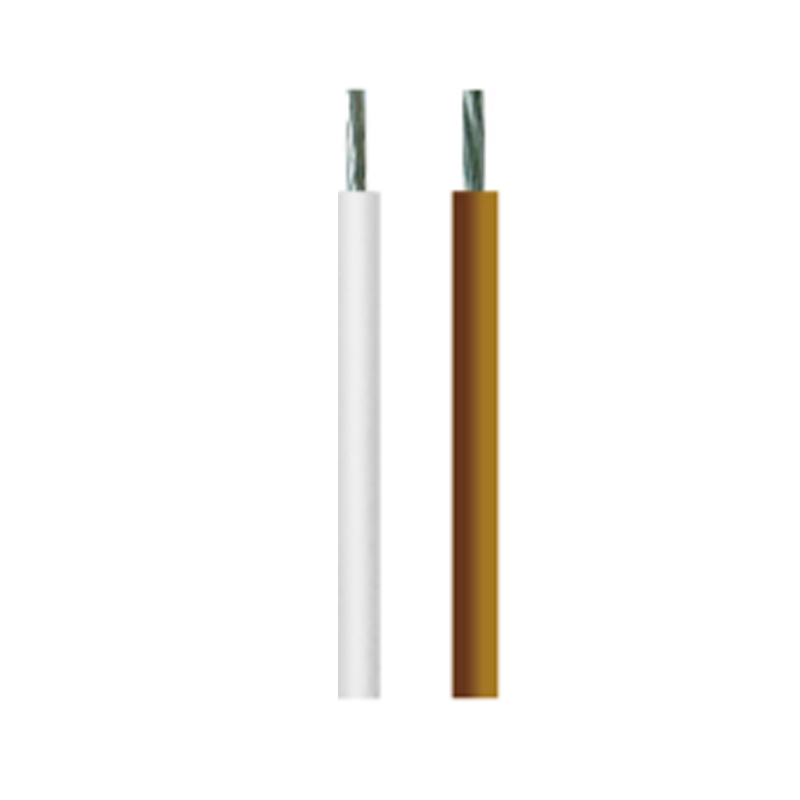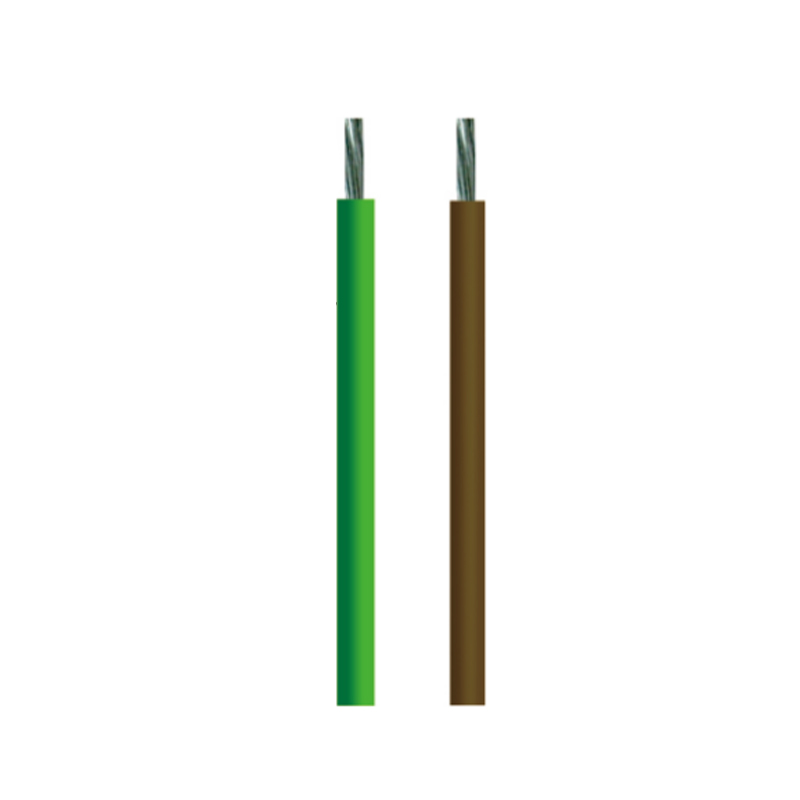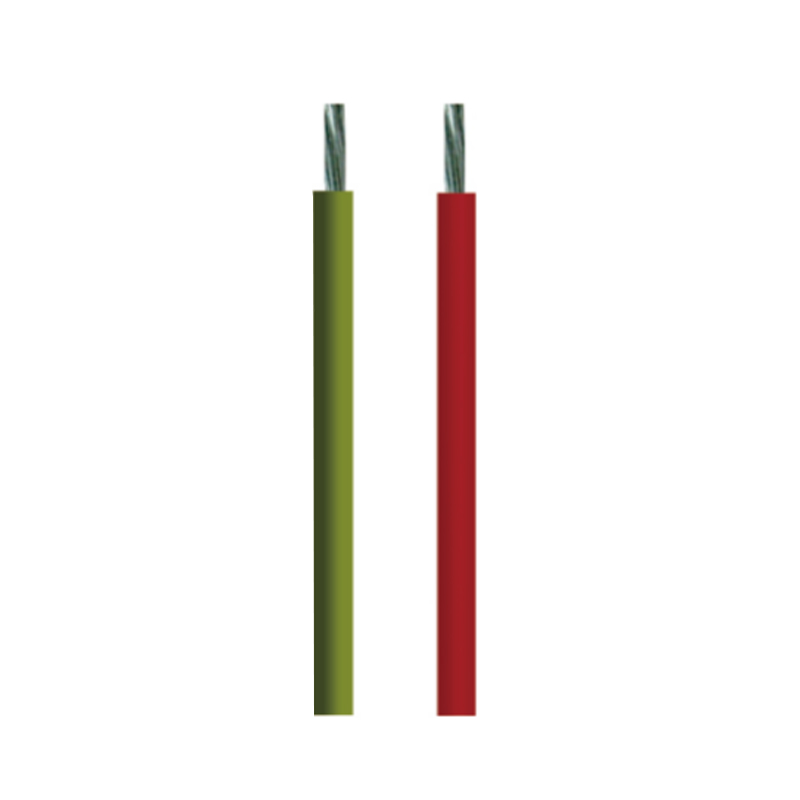High temperature wires are essential components in industries where electrical systems must operate under extreme heat, mechanical stress, and harsh environments. From aerospace engineering and automotive manufacturing to industrial furnaces and power generation, these wires ensure the safe and efficient transmission of electricity without degradation. One of the most critical factors that determine their performance is the choice of conductor material. The type of metal or alloy used as a conductor directly influences electrical efficiency, thermal stability, corrosion resistance, mechanical flexibility, and ultimately the lifespan of the wire.
This article explores how conductor material choice impacts the efficiency of high temperature wires, comparing common options such as copper, tinned copper, nickel, nickel alloys, and silver, while highlighting the trade-offs between conductivity, durability, and cost.
1. Importance of Conductor Materials in High Temperature Wires
The conductor is the core element of any wire—it carries the electric current. For high temperature wires, the conductor must not only transmit electricity efficiently but also withstand thermal stresses without oxidizing, softening, or losing mechanical strength. Unlike ordinary wires used in household applications, high temperature wires face challenges such as:
- Continuous exposure to extreme heat (200°C to over 1000°C).
- Oxidizing and corrosive environments such as furnaces or chemical plants.
- Mechanical stress from bending, vibration, and expansion/contraction cycles.
- Electrical performance requirements where energy efficiency and minimal power loss are crucial.
Thus, the conductor material is a decisive factor in balancing efficiency, reliability, and durability.

2. Key Properties Affecting Efficiency
When evaluating conductor materials for high temperature wires, several material properties determine efficiency:
- Electrical Conductivity – Higher conductivity reduces resistance, minimizing power losses and heat buildup.
- Thermal Resistance – Materials must resist softening or melting at elevated temperatures.
- Oxidation and Corrosion Resistance – A stable conductor resists surface degradation that could increase resistance.
- Mechanical Strength – Strength at high temperatures prevents wire breakage or deformation.
- Weight and Flexibility – Especially important in aerospace and automotive applications.
- Cost-effectiveness – Practical selection depends not only on performance but also on budget constraints.
Different conductor materials excel in different areas, and engineers must balance these factors based on the application.
3. Common Conductor Materials and Their Impact
3.1 Copper
Copper is the most widely used conductor material due to its high electrical conductivity (second only to silver) and relatively low cost.
Advantages:
- Excellent conductivity (~97% IACS).
- Good balance of flexibility and mechanical strength.
- Cost-effective for many industrial applications.
Limitations:
- Oxidizes quickly at elevated temperatures.
- Mechanical strength decreases at high heat.
- Generally suitable for temperatures up to 200–250°C with proper insulation.
Impact on Efficiency:
Copper offers high electrical efficiency under moderate high-temperature conditions, making it ideal for appliances, automotive wiring, and lower-range industrial uses. However, its performance drops significantly in ultra-high temperature applications.
3.2 Tinned Copper
Tinned copper is copper coated with a thin layer of tin to improve resistance to oxidation and corrosion.
Advantages:
- Better resistance to oxidation compared to bare copper.
- Extends service life in humid or chemically aggressive environments.
- Still maintains relatively high conductivity.
Limitations:
- Slightly reduced conductivity compared to pure copper.
- Temperature limit is lower than nickel-coated alternatives (up to ~150°C for tin).
Impact on Efficiency:
The tin layer slows down copper oxidation, improving durability in corrosive environments. Efficiency is slightly reduced compared to bare copper, but long-term stability often makes it a more effective choice for moderate high-temperature uses.
3.3 Nickel
Nickel conductors are used in applications requiring extreme heat resistance.
Advantages:
- High melting point (~1455°C).
- Excellent oxidation and corrosion resistance at high temperatures.
- Retains mechanical strength even above 600°C.
Limitations:
- Lower electrical conductivity (only ~25% IACS).
- Heavier and more expensive than copper.
Impact on Efficiency:
While nickel’s conductivity is much lower than copper’s, its stability at extreme temperatures allows reliable performance in applications where copper would fail. Efficiency in terms of power transmission is lower, but in furnaces, aerospace engines, and other extreme environments, reliability outweighs conductivity loss.
3.4 Nickel-Alloy Conductors (e.g., Nichrome, Nickel-Chromium Alloys)
Nickel alloys are engineered for specific high temperature applications, often used in heating elements and resistance wires.
Advantages:
- Excellent thermal stability up to 1000°C.
- High resistance to oxidation and scaling.
- Designed for long life under extreme stress.
Limitations:
- Very low electrical conductivity compared to copper.
- High cost.
Impact on Efficiency:
In terms of electrical efficiency, nickel alloys are less favorable, as they are intentionally designed with higher resistance for heating applications. However, in durability and heat tolerance, they outperform most other conductors, making them essential in environments where longevity is critical.
3.5 Silver and Silver-Plated Copper
Silver is the best conductor of electricity and offers excellent high-temperature performance, particularly when plated onto copper.
Advantages:
- Highest electrical conductivity (~105% IACS).
- Silver plating enhances oxidation resistance.
- Maintains efficiency even under high-frequency signals (ideal for aerospace electronics).
Limitations:
- Very expensive.
- Susceptible to tarnishing in sulfur-rich environments.
Impact on Efficiency:
Silver or silver-plated copper provides maximum electrical efficiency, making it the preferred choice for aerospace, defense, and high-frequency communication applications. The cost restricts its use to specialized fields where performance justifies the expense.
4. Balancing Efficiency and Application Needs
When selecting conductor materials for high temperature wires, engineers must balance:
- Electrical Efficiency: Copper and silver excel.
- Thermal Durability: Nickel and nickel alloys dominate.
- Corrosion Resistance: Tinned copper and nickel are strong performers.
- Cost: Copper is affordable, silver is premium, nickel alloys are situational.
For instance:
- Automotive and appliances: Copper or tinned copper.
- Aerospace wiring: Silver-plated copper for efficiency, nickel for high-heat zones.
- Industrial furnaces: Nickel or nickel-chromium alloys for reliability.
- Electronics and defense: Silver or silver-coated conductors for performance and signal clarity.
5. Future Trends in Conductor Materials
With the growing demand for sustainable energy systems, electric vehicles, and advanced aerospace designs, research continues into new conductor materials. Innovations include:
- Copper alloys designed for better high-temperature stability.
- Nanostructured conductors with improved conductivity and heat resistance.
- Hybrid conductors combining the strengths of multiple metals.
These developments aim to bridge the gap between high conductivity and extreme durability, enhancing both efficiency and service life.
Conclusion
The choice of conductor material significantly impacts the efficiency, durability, and reliability of high temperature wires. While copper offers excellent conductivity for moderate conditions, nickel and its alloys dominate in extreme heat applications. Silver and silver-plated copper, though costly, provide unmatched electrical efficiency and signal performance. Ultimately, the optimal choice depends on the application’s requirements—whether it prioritizes electrical performance, thermal stability, corrosion resistance, or cost.
As industries demand more from electrical systems in harsh environments, the thoughtful selection of conductor materials will remain central to achieving safe, efficient, and long-lasting high temperature wiring solutions.



 English
English عربى
عربى Español
Español









